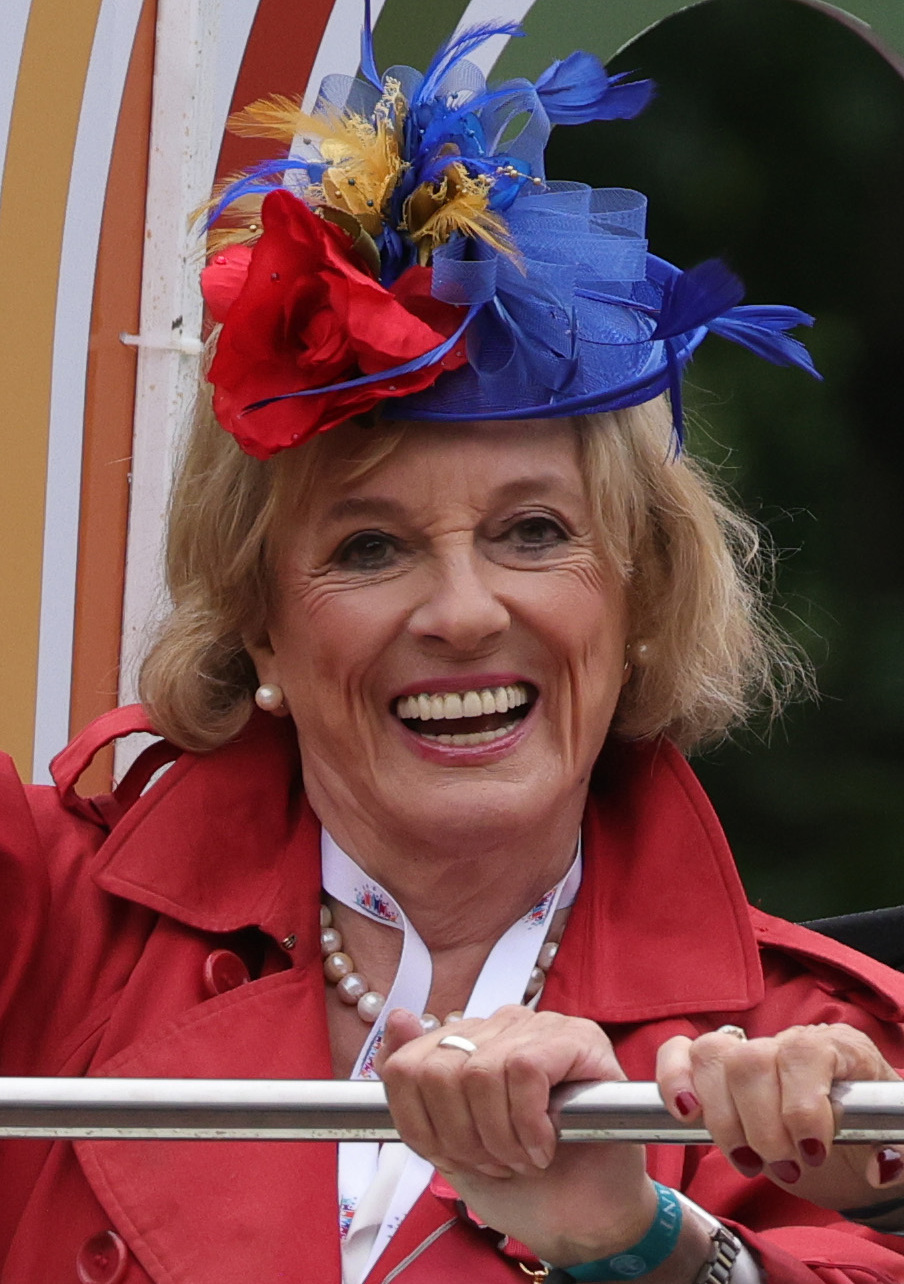 BBC News
BBC NewsBorrowing was £17.4bn last month, the second highest October figure since monthly records began in 1993.

Finito World talks to the legendary broadcaster about how she made her way in TV, and what young people should know before starting out
How did you first get your start in broadcasting?
I was recruited by the BBC when I was in my last year at Somerville College, Oxford. They used to send staff to Oxford who were looking for studio managers, the ones who make sound effects and are in charge of balancing mircrophones in the radio. I was producing, directing, writing and performing in the Oxford Experimental Theatre Club and at the Edinburgh Festival, so they hired me, but I was a hopeless studio manager.
What was it like working at the BBC in those early days?
Women were employed as researchers and handmaidens to the male producers, but not given much responsibility creatively. I was browsed upon by several actors and directors.
How did the idea for That’s Life! come about?
The actor and presenter Bernard Braden came to the BBC in 1968, he had invented consumer programmes on television. I became one of his two researchers, the other being John Pitman. When Bernie left to make the same programme for a new television station in Canada, we replaced’s Week with a very similar programme “That’s Life!” on which I was one of the presenters.
Did you ever imagine it would become such a national institution?
No. But I believed in the concept, it was great fun and very rewarding.
What were some of the most memorable moments from the programme?
The talking dog, the revelation that Sir Nicholas Winton had saved a generation of Czech Jewish children from the Holocaust, the investigation of a boy’s boarding school, Crookham Court, which was owned by a paedophile who employed paedophile teachers who were convicted of sexual abuse and sent to prison as a result of the programme, I handed out bat stew to passers-by in the North End Road, Constable A Herbert arrested me for obstruction and I was driven away in a Black Maria to the delight of the barrow boys.
What inspired you to create Childline – and later, The Silver Line?
We broadcast an item on “That’s Life!” about child abuse and opened a telephone helpline for children after the programme which was jammed with calls from young people who had never been able to ask for help before. That made me realise that the anonymity of the telephone made them feel safe to disclose the abuse they were suffering. The success of Childline gave me the idea for the Silver Line Helpline as way of reaching out to lonely and isolated older people.
Who have been the biggest influences or mentors in your career?
Ned Sherrin, Bernard Braden and my late husband, Desmond Wilcox.
How do you think television has changed since you began?
The plethora of programmes and broadcasters alongside social media means there’s much, much more to watch. But, sadly, more does not mean better.
What advice would you give to young people hoping to make a difference through the media today?
It’s very hard work, it can eat up your whole life, but it’s fun and rewarding, so I wish you the best of luck.
Looking back, what are you proudest of – and what lesson would you most like to pass on?
Whenever I hear from someone who tells me that Childline saved their lives when they were children, I feel extremely proud of all the staff and volunteers who have done so much amazing work, for almost 40 years now. And the wonderful lesson that I have learnt that the more you give, the more you get back.